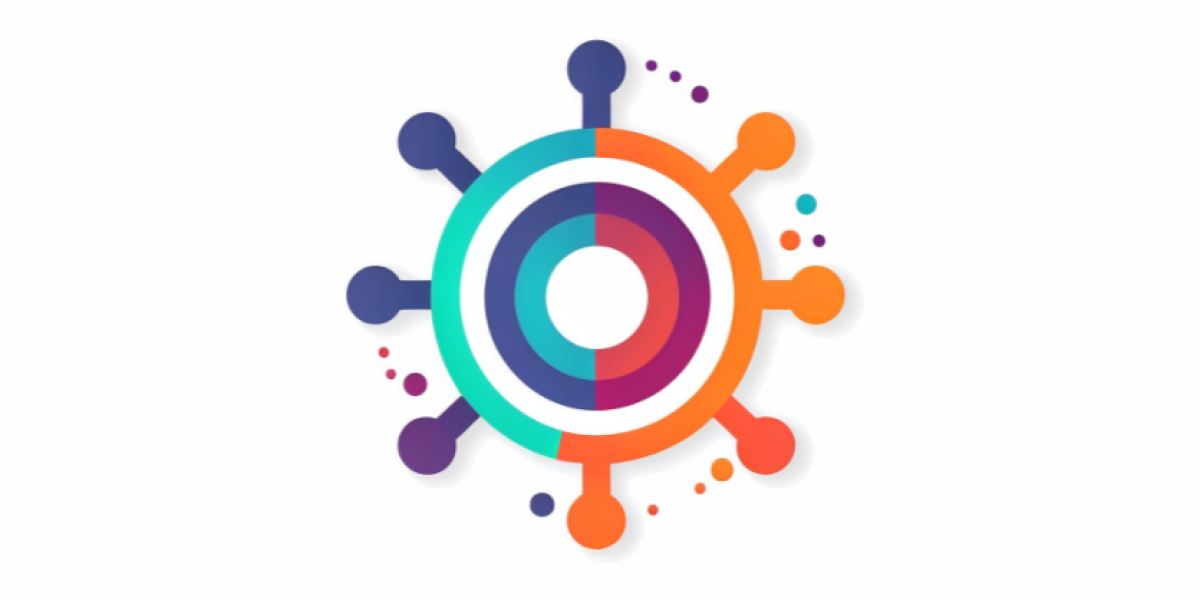In the ever-evolving world of software development, the key to building successful applications lies in understanding and capturing user requirements. To accomplish this, developers and product teams employ powerful techniques such as User Stories, User Journey Mapping, and Use Cases. In this article, we will explore these methodologies and delve into their profound impact on comprehending user needs. Additionally, we will address critical challenges faced during the process and present insightful solutions to elevate the effectiveness of capturing user requirements.
Table of Contents
Understanding User Perspectives with User Stories
At the heart of user-centric software development lies the concept of User Stories—succinct descriptions that encapsulate a user’s goal or requirement. By answering the fundamental questions of “who,” “what,” and “why,” User Stories enable teams to align their efforts with user expectations.
The following steps are crucial for leveraging the power of User Stories:
- Identifying User Roles: Recognize the diverse user roles or personas that interact with the system. This comprehensive understanding sets the stage for capturing user requirements effectively.
- Defining User Goals: Uncover the specific goals and objectives that each user role aims to achieve when utilizing the software. Employing the SMART criteria—specific, measurable, achievable, relevant, and time-bound—ensures goal effectiveness.
- Crafting User Story Statements: Compose concise and precise User Story statements using the format: “As a [user role], I want [goal] so that [reason].” These statements serve as a compass, guiding the prioritization of features based on user needs.
- Prioritizing User Stories: Collaborate with stakeholders to prioritize User Stories, placing emphasis on those with the greatest impact on user satisfaction. This approach enables teams to deliver value-driven solutions efficiently.
Gaining Insight into User Experiences with User Journey Mapping
User Journey Mapping unlocks the door to profound insights into user experiences and interactions with the system. By visualizing their journey, teams can uncover pain points and identify opportunities for improvement. The following steps shed light on the power of User Journey Mapping:
- Identifying Key User Interactions: Pinpoint critical touchpoints where users engage with the system, including onboarding, feature usage, and support interactions.
- Mapping User Actions and Emotions: Capture user actions, thoughts, and emotions at each touchpoint. This holistic representation of their experience unveils motivations, frustrations, and expectations, guiding the development process.
- Identifying Pain Points and Opportunities: Carefully analyze the User Journey Map to identify pain points—areas where users face challenges—and opportunities for improvement. Addressing these requirements ensures an enhanced user experience.
- Collaborating for Effective Solutions: Engage stakeholders in collaborative discussions to ideate and define innovative solutions that address the identified requirements. By embracing diverse perspectives, teams can uncover groundbreaking approaches to user satisfaction.
Capturing Detailed Interactions through Use Cases
To comprehend the intricacies of user requirements, software development teams rely on Use Cases. These detailed descriptions of interactions between users and the system cover both functional and non-functional requirements. Follow these steps to unlock the potential of Use Cases:
- Identifying Actors: Identify the various actors or entities involved in system interaction, ranging from primary users to secondary stakeholders. This comprehensive perspective ensures all aspects of user requirements are considered.
- Defining Use Case Scenarios: Craft detailed Use Case scenarios that outline the interactions between actors and the system. By encapsulating the steps, preconditions, and postconditions, teams can accurately address user expectations.
- Capturing System Responses: Document the system’s responses to each Use Case scenario, including outputs, notifications, and error handling. This level of detail ensures the software behaves as intended and meets user needs.
- Validating and Refining Use Cases: Collaborate with stakeholders to validate and refine the Use Cases, ensuring they accurately represent user requirements and align with the intended system behavior. This iterative process allows for continuous improvement and fine-tuning.
Overcoming Key Challenges
- Challenge: Complexity and Time Consumption: Capturing user requirements can be a complex and time-consuming process, especially in large-scale projects. To address this challenge, it is essential to break down the process into manageable phases. By focusing on one user role or interaction at a time, teams can maintain clarity and ensure thoroughness without overwhelming themselves.
- Challenge: Limited User Input and Engagement: One common obstacle in requirement capture is obtaining sufficient user input and engagement. To overcome this challenge, it is crucial to actively involve users throughout the process. Conduct interviews, surveys, and usability testing sessions to gather valuable insights directly from the users. By incorporating their feedback and involving them in decision-making, teams can better understand their requirements and ensure alignment with user expectations.
- Challenge: Varying Interpretations and Miscommunication: Misinterpretation or miscommunication of user requirements can lead to significant challenges during the development process. To mitigate this risk, foster clear and open communication channels with users and stakeholders. Regularly seek feedback, clarify ambiguities, and document requirements in a precise and unambiguous manner. Visual aids such as diagrams, prototypes, and interactive mock-ups can further enhance understanding and minimize the potential for miscommunication.
Conclusion
Capturing user requirements is an essential step in building successful software applications. User Stories, User Journey Mapping, and Use Cases provide powerful techniques to comprehend user needs and align development efforts accordingly. By employing these methodologies and overcoming challenges through effective solutions, development teams can ensure the delivery of user-centric solutions that not only meet but exceed user expectations. Embrace these approaches, foster collaboration, and engage users throughout the process to create software that truly resonates with their needs and aspirations.







